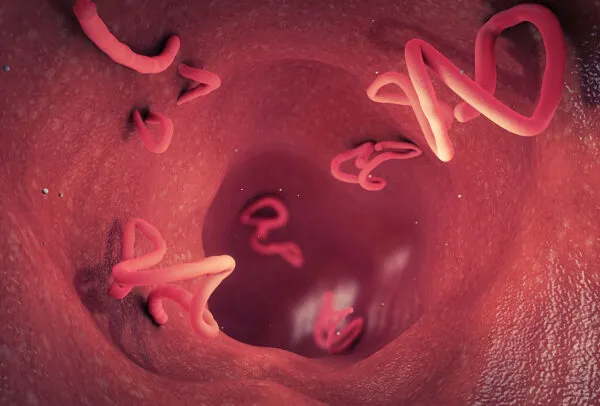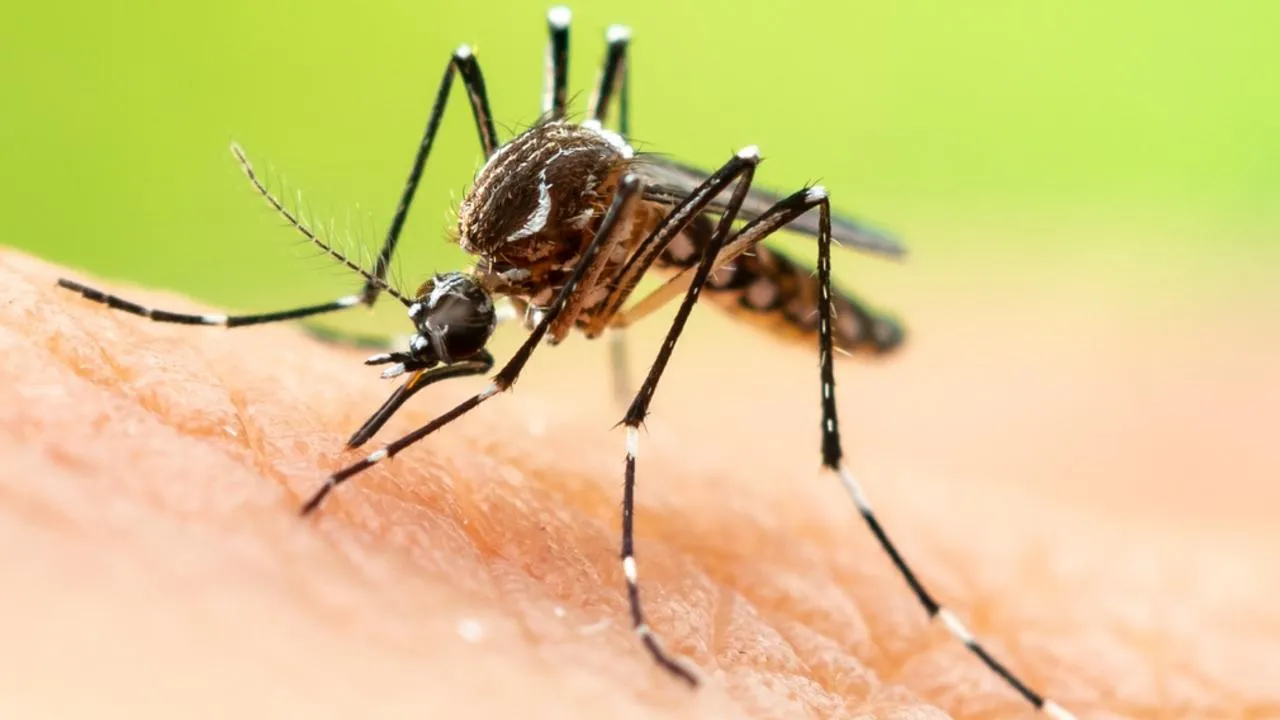A child has been diagnosed with emotional issues, and it turns out the mother, when pregnant, had a bacterial infection. Unrelated? No, there might be a cause-and-effect relationship. How?
Neurodevelopmental disorders/NDDs typically occur in foetal and early childhood (upto 9 years of age). They affect the nervous system’s formation and subsequent cognitive functions, even in adults, like emotion, learning and memory, attention, decision-making, and socializing. NDD subtypes include attention deficit hyperactivity disorder, autism spectrum disorders, intellectual disability, etc.
According to a 2018 study, at least one in every eight Indian children (2 to 9 years old) has one type of NDD. NDD prevalence is particularly of concern to a developing country like India, as environmental factors are known to be a major contributor to NDDs in addition to genetic causes, thus making children of low-income communities particularly vulnerable to these disorders. One field-relevant question is: How might the mother’s health during pregnancy affect the child’s brain development?
Ongoing research indicates that, as part of the environmental risk factors, bacterial infection in the pregnant mother has direct consequences on a child’s brain development. After analysing the intelligence quotient (IQ) data of 16,000 children at age seven whose mothers had been exposed to various types of bacterial infections like syphilis, gonorrhea, etc., Brown University researchers concluded in 2020 that, indeed, prenatal bacterial infections are associated with cognitive defects in children. Further, this association was stronger in males than females and with more severe infections that occurred in the third trimester of pregnancy.
The question remains: How is the mother’s bacterial infection affecting the child’s brain? Using mice as model organisms that are amenable to invasive procedures, unlike humans, scientists have shown that the different cell types in the brain (neurons, glia, etc.) typically respond to various bacterial cell components (those that can cross the placenta and reach the foetal brain) by releasing chemicals called cytokines. Cytokines help to combat infection by attracting various fighter cells (T cells, B cells: also called immune cells), which gather at the infection site and clear the bacterial cells. This reaction to foreign particles by the nervous system is called a neuroimmune response.
Interestingly, however, in 2016, it was shown that the bacterial cell wall—the outermost layer of the pathogenic bacteria Streptococcus pneumonia—does not elicit a typical immune response in mouse fetuses. This is strange, as otherwise this same bacteria causes meningitis in post-natal and adult mice and humans, implying a full-blown immune reaction within the nervous system. Instead, the cell wall binds to specific proteins called pattern recognition receptors, which are present on the surfaces of neuronal progenitors (baby cells that divide to form neurons). This binding triggers yet unknown reactions within these progenitors—that, in turn, leads to these cells dividing more rapidly than usual and producing an abnormally larger brain. These mice also exhibit cognitive deficits and behavioural features similar to those seen in patients with autism. This indicates that the foetal brain reacts to specific bacterial infections by eliciting an immune response or increasing cell numbers. It is the subject of ongoing research as to what molecular mechanisms tilt the balance in favour of one event.
Antibiotic administration to pregnant women also generates fragmented bacterial cell walls circulating in the blood stream. These might reach the foetal brain to generate immune response/cell-division events with disastrous consequences for brain development.
Dr Mallika Chatterjee is an Assistant Professor at Amity Institute of Neuropsychology & Neurosciences.

















